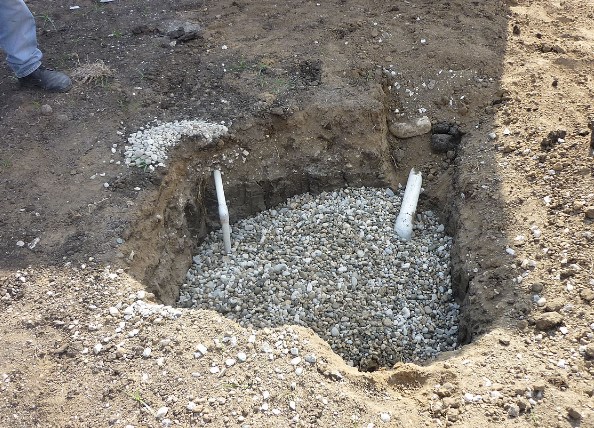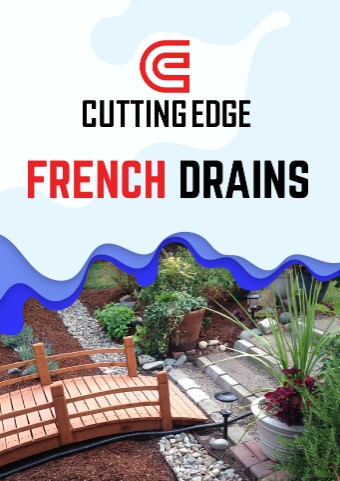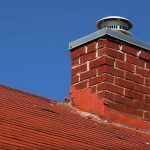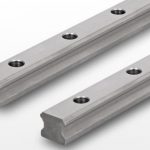If you’re looking for French drains Downriver Michigan contractor, look no further than team at Cutting Edge. They specialize in providing top-of-the-line french drains that are designed to keep your home or business dry and free of water damage. Their drains are made from the highest quality materials and are installed by their experienced professionals. They offer a variety of different sizes and styles of french drains to choose from, so you can find the perfect one for your needs. Contact them today to learn more about their products and services or to schedule a free consultation.
A french drain is a trench filled with gravel or rock that redirects surface water away from an area. Water seeps into the gravel or rock and then drains to the bottom of the trench where it flows to a lower point in the landscape. French drains are used to improve drainage in problem areas in yards and gardens.
French drains are an effective way to improve drainage in your yard or garden. They are simple to install and can be done by anyone with basic gardening knowledge. French drains are a great solution for problem areas that experience standing water or poor drainage. By redirecting water away from these areas, you can improve the overall health of your landscape. French drains are also an attractive addition to your landscape, as they can be planted with grass or other ground cover. If you are considering installing a French drain, consult with a professional landscaper or contractor to ensure that it is installed properly.
French drains are a common solution for resolving water issues around the home. They are versatile and can be used in a variety of applications, from redirecting runoff to relieving basement flooding. French drains are also relatively easy to install, making them a popular choice for do-it-yourselfers.
There are several advantages to using a french drain. French drains can be used to direct water away from problem areas, such as near the foundation of a home. This can help prevent water damage and flooding. French drains can also be used to relieve pressure on sewer lines and septic systems by absorbing excess water. Additionally, french drains can improve drainage in gardens and landscaped areas.
While there are many advantages to using french drains, there are a few things to keep in mind. French drains require regular maintenance, as they can become clogged with debris over time. Additionally, french drains can be disruptive to landscaping and may require professional installation.
Overall, french drains are a versatile and effective solution for managing water around the home. When installed properly, they can help prevent water damage and flooding. French drains can also improve drainage in gardens and other landscaped areas.
There are many reasons why you might want to install a French drain. Maybe your basement is constantly flooding, or water is pooling around your foundation. Whatever the reason, a French drain can be a great way to redirect water away from your home and keep your property dry.
Installing a French drain is relatively simple, but there are a few things you need to know before you get started. Here’s what you need to know about how to install a French drain:
- Choose the right location: The first step is to choose the right location for your French drain. You’ll want to place it in an area where water is pooling or where it tends to collect. This could be around the perimeter of your house, near a downspout, or in a low-lying area of your yard.
- Dig a trench: Once you’ve chosen the location for your French drain, it’s time to start digging. The trench should be at least 2 feet deep and 6 inches wide. If you’re installing the drain near your foundation, be sure to dig the trench slightly downhill so that water will flow away from your house.
- Line the trench: To help redirect water, line the bottom of the trench with gravel or rocks. This will also help prevent clogs in your drain.
- Install the drain pipe: The next step is to install the drain pipe. This can be made from PVC or any other type of perforated pipe. The pipe should be laid in the trench with the holes facing down so that water can flow into it.
- Cover the drain pipe: Once the drain pipe is in place, cover it with more gravel or rocks. Then, cover the entire trench with soil so that it’s level with the rest of your yard.
- Check for leaks: After you’ve installed your French drain, it’s important to check for leaks. Make sure that there are no gaps or cracks in the trench and that the drain pipe is properly connected. If everything looks good, you can sit back and relax knowing that your property is safe from water damage.









